On December 4, Hoi An City, Quang Nam Province held a meeting to celebrate the 25th anniversary of Hoi An Ancient Town being recognized as a World Cultural Heritage (December 4, 1999 - December 4, 2024).
This event is part of a series of activities to celebrate the 25th anniversary of Hoi An Ancient Town being recognized as a World Cultural Heritage (December 4, 1999 - December 4, 2024), the 7th anniversary of the art of Bài Chòi in Central Vietnam being recognized by UNESCO as an Intangible Cultural Heritage of Humanity (2017-2024), and the year Hoi An joined the UNESCO Creative Cities Network.
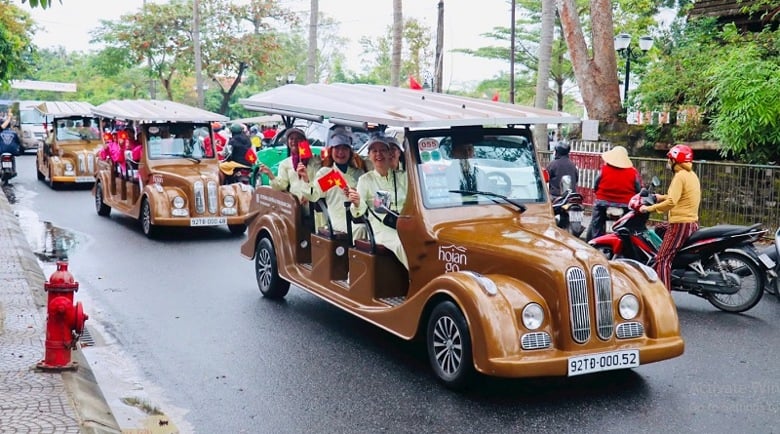
Parade celebrating 25 years of Hoi An Ancient Town being recognized by UNESCO as a World Cultural Heritage. Photo: DT
According to Mr. Nguyen Van Lanh, Vice Chairman of Hoi An City People's Committee, over the past 25 years since Hoi An Ancient Town was honored as a World Cultural Heritage, Hoi An culture has been increasingly recognized as a complex of historical, cultural, humanistic and urban architectural heritage.
In 1999, few people could have imagined the ancient town of Hoi An would look like today. From a city that had to constantly face many difficulties, to this day, the ancient town of Hoi An still retains its quiet, ancient appearance in the space of a traditional urban architectural complex that has been preserved almost perfectly and is a leading famous tourist destination in Vietnam, the region and internationally.
In particular, since being recognized by UNESCO, Hoi An cultural heritage has truly become the foundation, launching pad, driving force and goal of socio-economic development, contributing effectively to the development of Hoi An's tourism - service industry, increasing income and improving people's lives.
Mr. Nguyen Van Lanh emphasized that practice has vividly demonstrated that creative culture based on the heritage of Hoi An community has contributed to sustainable goals and multidimensional growth such as protecting and promoting cultural identity, economic prosperity and social cohesion, contributing to protecting the ecological environment.
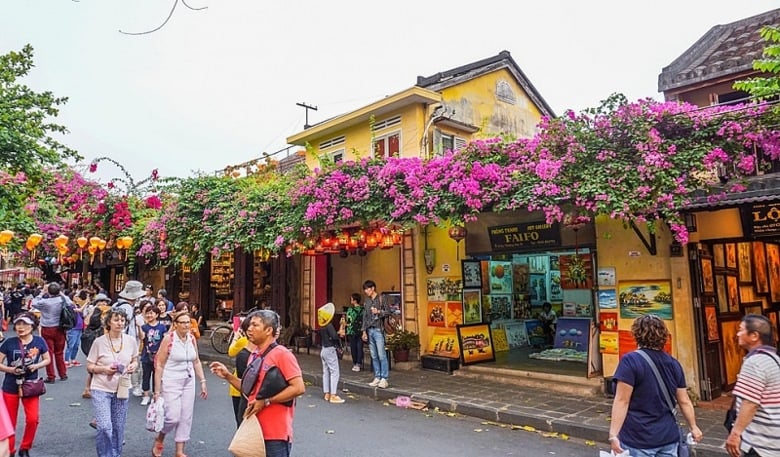
Tourists visit Hoi An ancient town. Photo: TL
Mr. Jonathan Baker, Chief Representative of UNESCO Office in Vietnam, said that Hoi An has become one of the most typical examples in Vietnam as well as in the world in preserving and promoting the value of tangible and intangible cultural heritage through close cooperation between the government and local community to promote socio-economic development.
This approach not only helps preserve cultural identity and community autonomy but also ensures sustainability through the active participation of local people.
Meanwhile, Deputy Director of the Department of Cultural Heritage Tran Dinh Thanh affirmed that the work of preserving the ancient urban heritage of Hoi An has been meeting the principles and requirements for preserving relics and world heritage according to the law on cultural heritage and the Convention for the Protection of World Cultural and Natural Heritage to which Vietnam has participated.
The Vu




![[Photo] Closing of the 11th Conference of the 13th Central Committee of the Communist Party of Vietnam](https://vstatic.vietnam.vn/vietnam/resource/IMAGE/2025/4/12/114b57fe6e9b4814a5ddfacf6dfe5b7f)


![[Photo] Overcoming all difficulties, speeding up construction progress of Hoa Binh Hydropower Plant Expansion Project](https://vstatic.vietnam.vn/vietnam/resource/IMAGE/2025/4/12/bff04b551e98484c84d74c8faa3526e0)
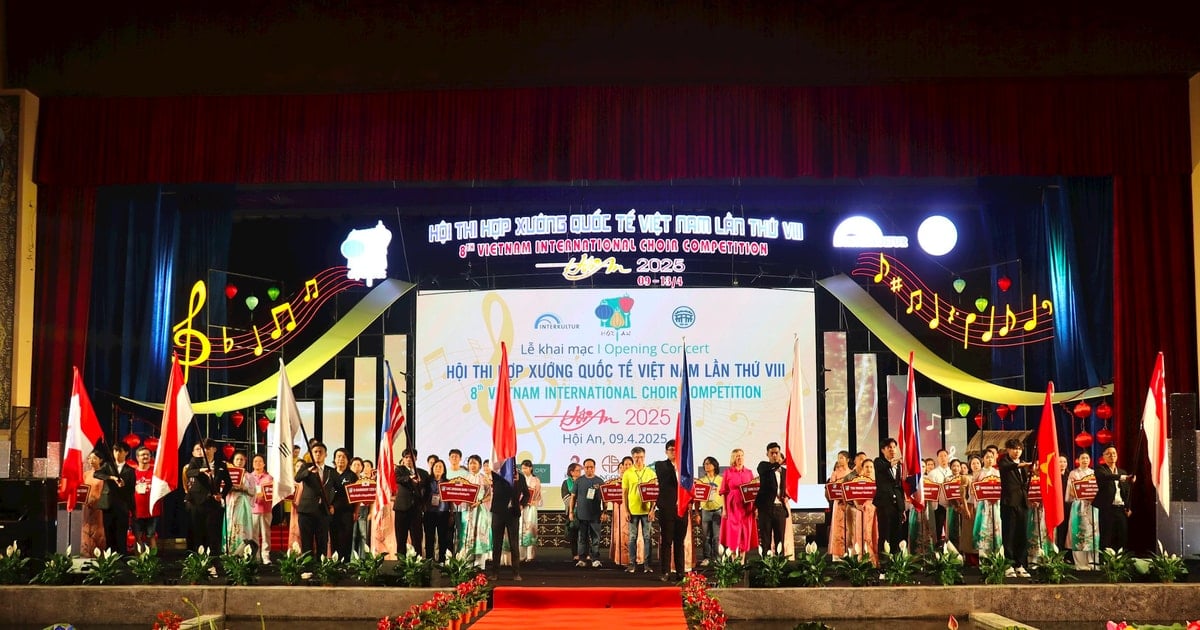


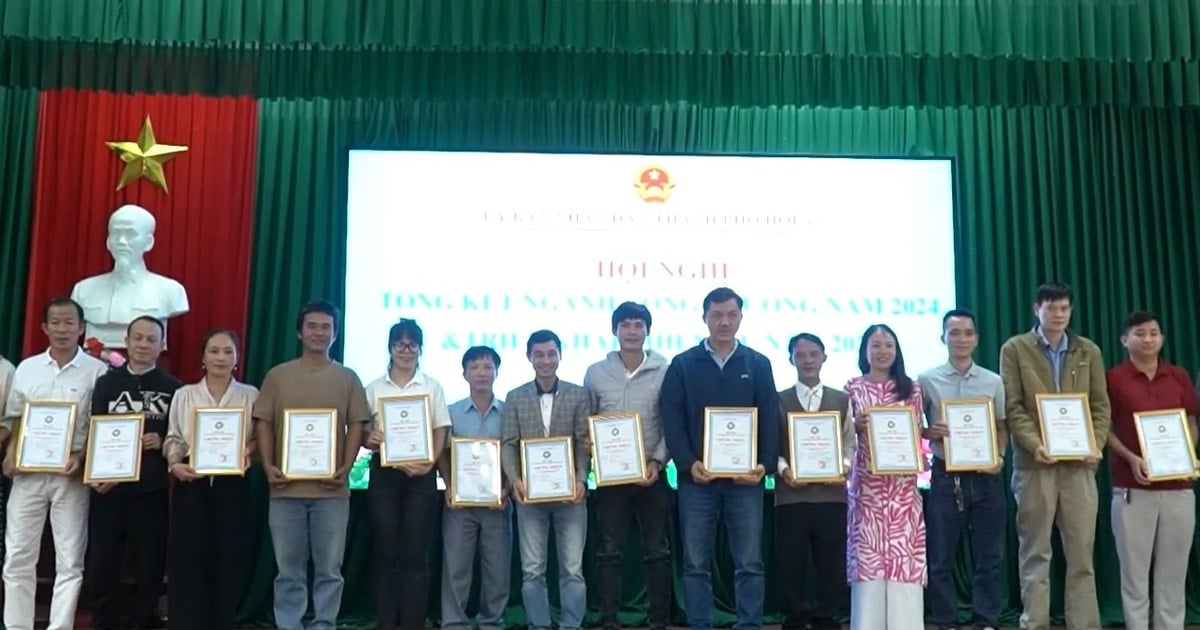


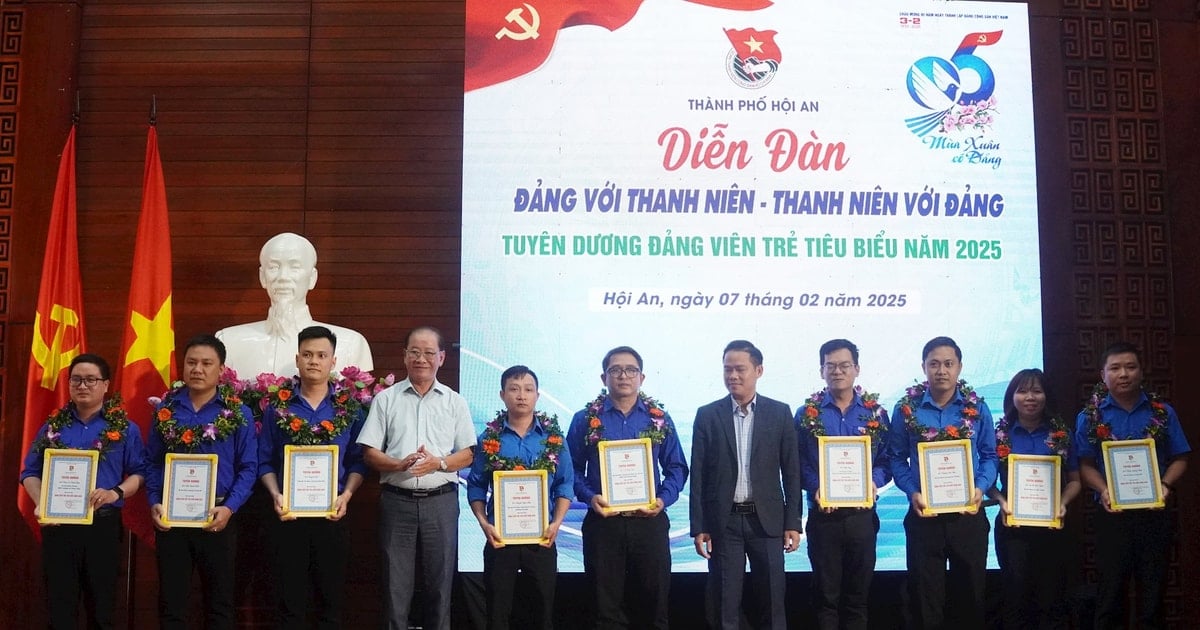



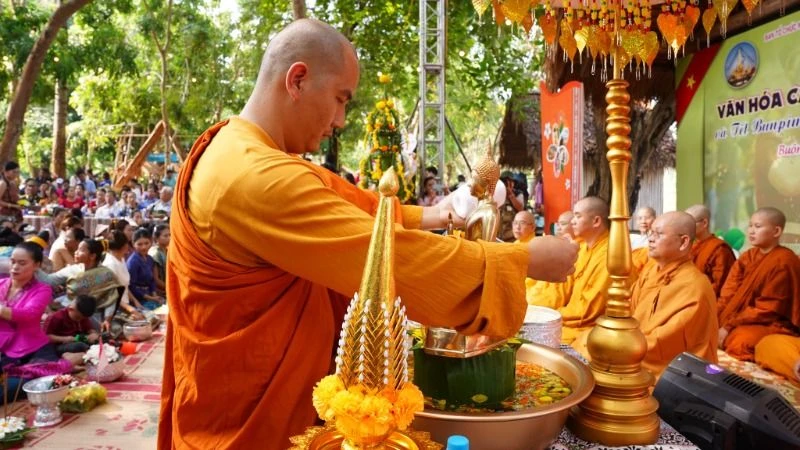

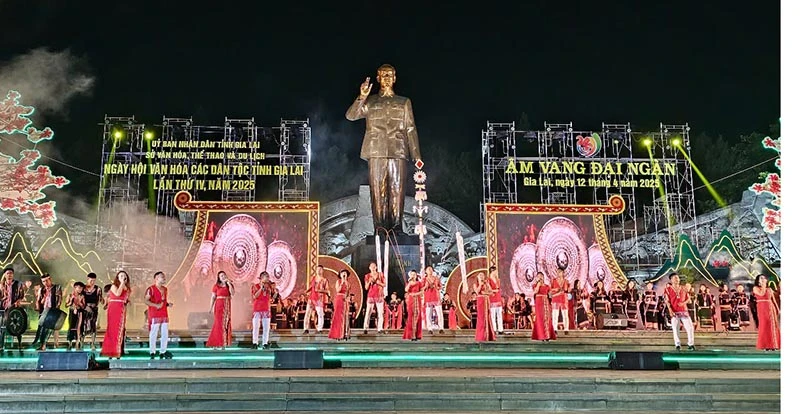

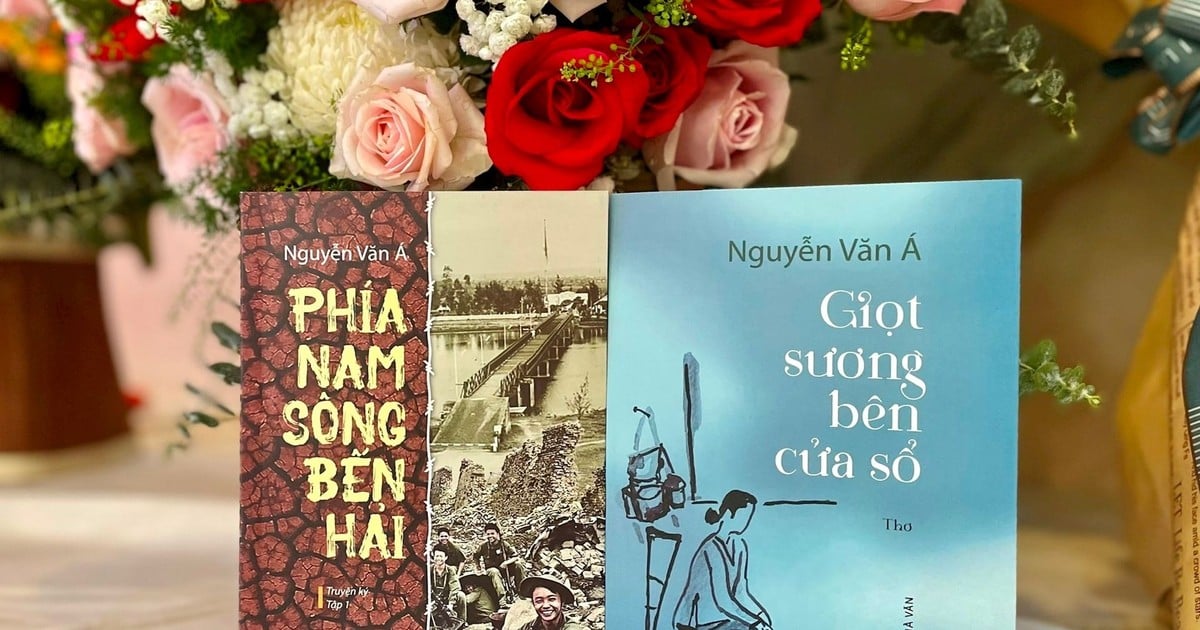



















































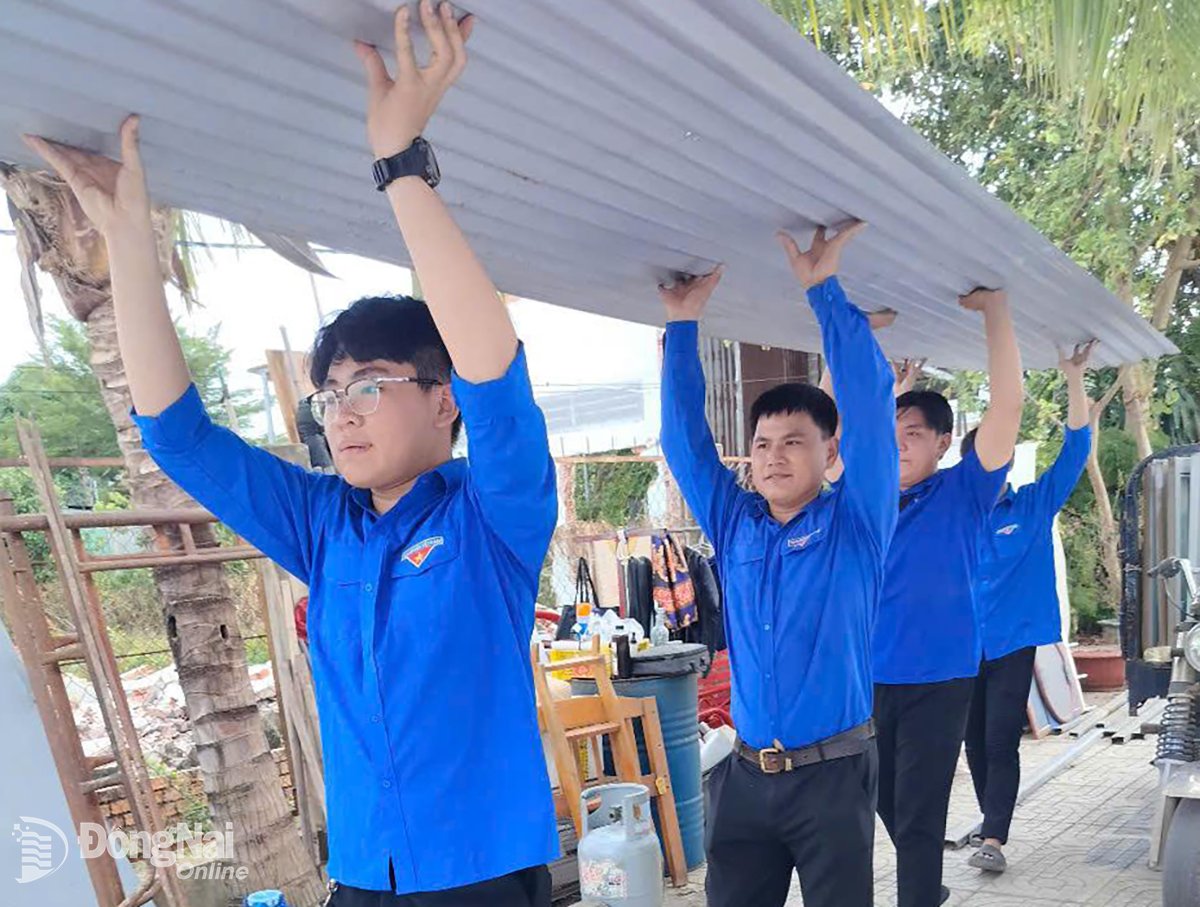





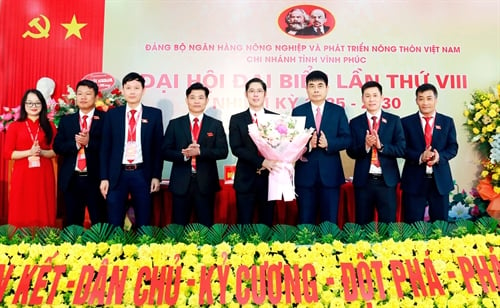












Comment (0)